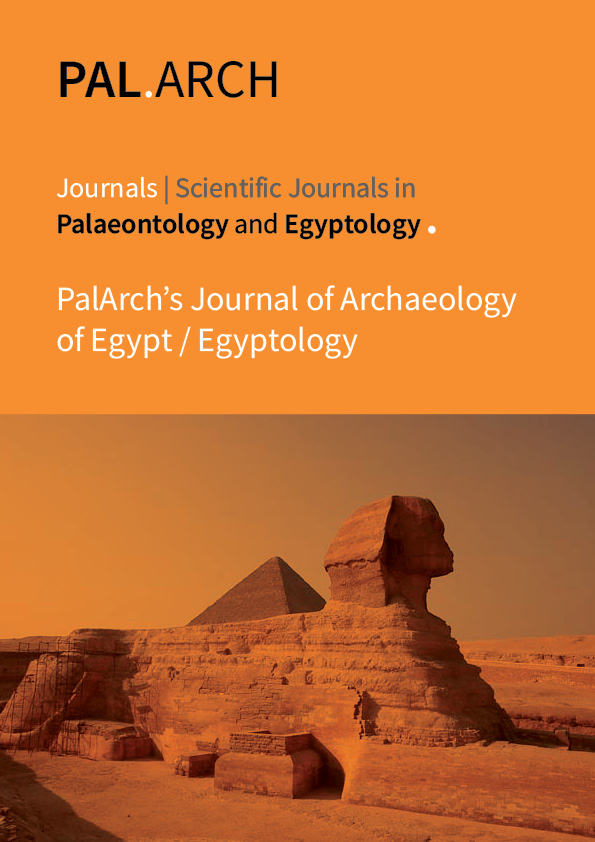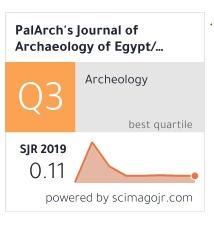Implementation of Data Integrity using MD5 and MD2 Algorithms in IoT Devices
Abstract
It is important that the data received by the IoT device is legit so that it can process the data and provide correct output that is necessary for the other stages of a system dependent on the output, to work smoothly. This is where data integrity is put into effect. In order to check the legitimacy, precision and authenticity of the data, a technique called hashing is used. This hashing can be done by using the Secure Hash Algorithm version (SHA) and Message Digest version (MD). MD5 algorithm is implemented by building block chains using python in which various functions like hash H(x) and verify( ) are used for verification of data. Block chains are nothing but a data structure that holds transactional records or in simplem terms, it is a chain of blocks that holds information. A block chain is built because it is resistant to any kind of modifications to the data making it helpful to check integrity of data. Also MD2 Integrity Algorithm is implemented to check the Integrity status of Message data after being transferred from IoT transmitter to IOT receiver using Wi-Fi Communication Technology.
Downloads
Downloads
Published
Versions
- 2021-02-12 (2)
- 2020-11-02 (1)



